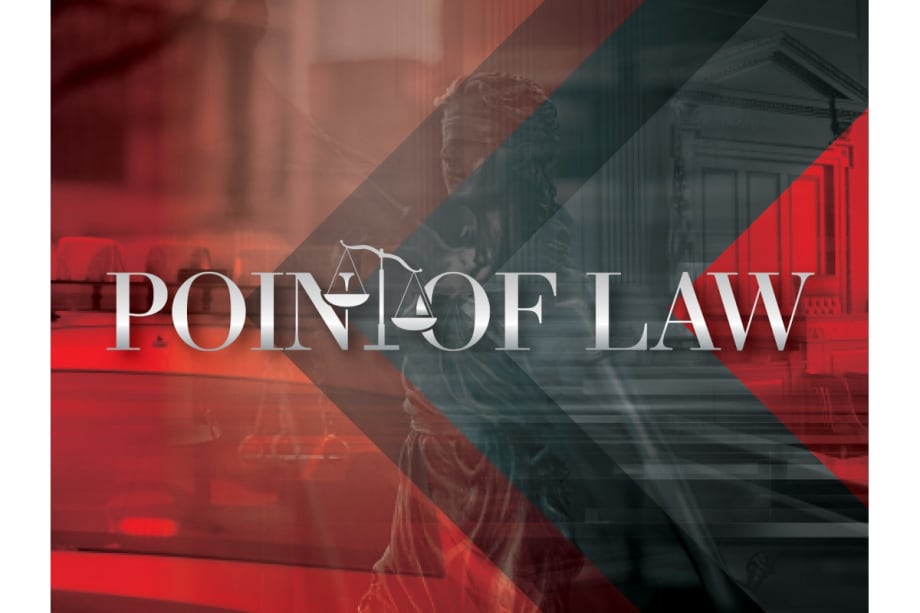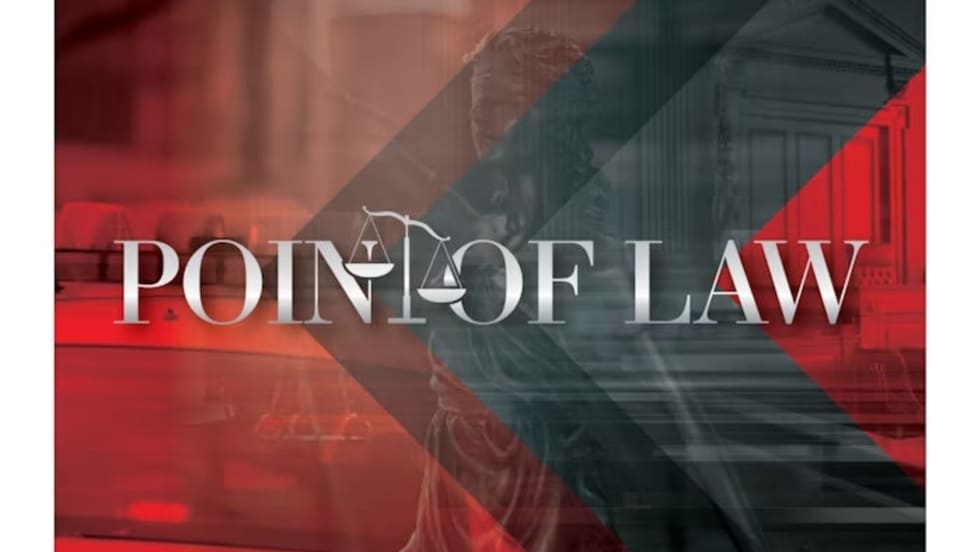FACTS
On September 22, 2018, St. Paul, MN, police officers responded to a 911 call about gunshots at an apartment complex. The officers followed a fresh blood trail and found a loaded Desert Eagle .50-caliber semi-automatic pistol with blood on it and the hammer cocked back in the firing position. The officers learned that a man had been shot in his face and right foot and had been taken to the hospital.
An officer went to the emergency room at the hospital and entered the man’s room. The man’s bloody clothes were on the floor, and at the officer’s request, a nurse took the identification from the clothes. The identification indicated the man’s name was Marcus Mattox. The officer took the clothes, and the next day, an officer went to the hospital and executed a warrant for a DNA swab from Mattox and asked him some questions for a few minutes. Mattox admitted that he was at the scene of the crime and stated that he did not know who shot him. He declined to answer more questions.
The police compared Mattox’s DNA sample to gun swabs that tested positive for blood. The swabs matched Mattox’s DNA sample. The police also obtained video surveillance footage of the shooting. The video showed Mattox exit the apartment building, approach a male and a female at the back of an SUV in the parking lot, appear to draw a firearm, and take a shooting stance. After Mattox drew his gun, the male appeared to shoot at Mattox.
The government charged Mattox with possession of a firearm by a convicted felon. Mattox filed a motion to suppress the evidence seized from his hospital room and the statements he made to the officer while hospitalized. The district court denied the motion. Upon conviction, Mattox appealed.







